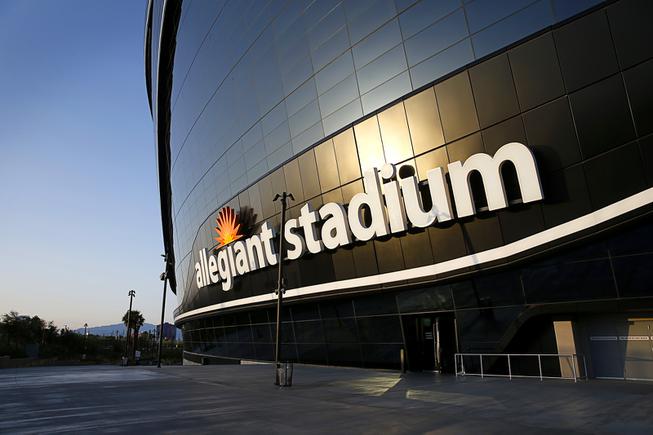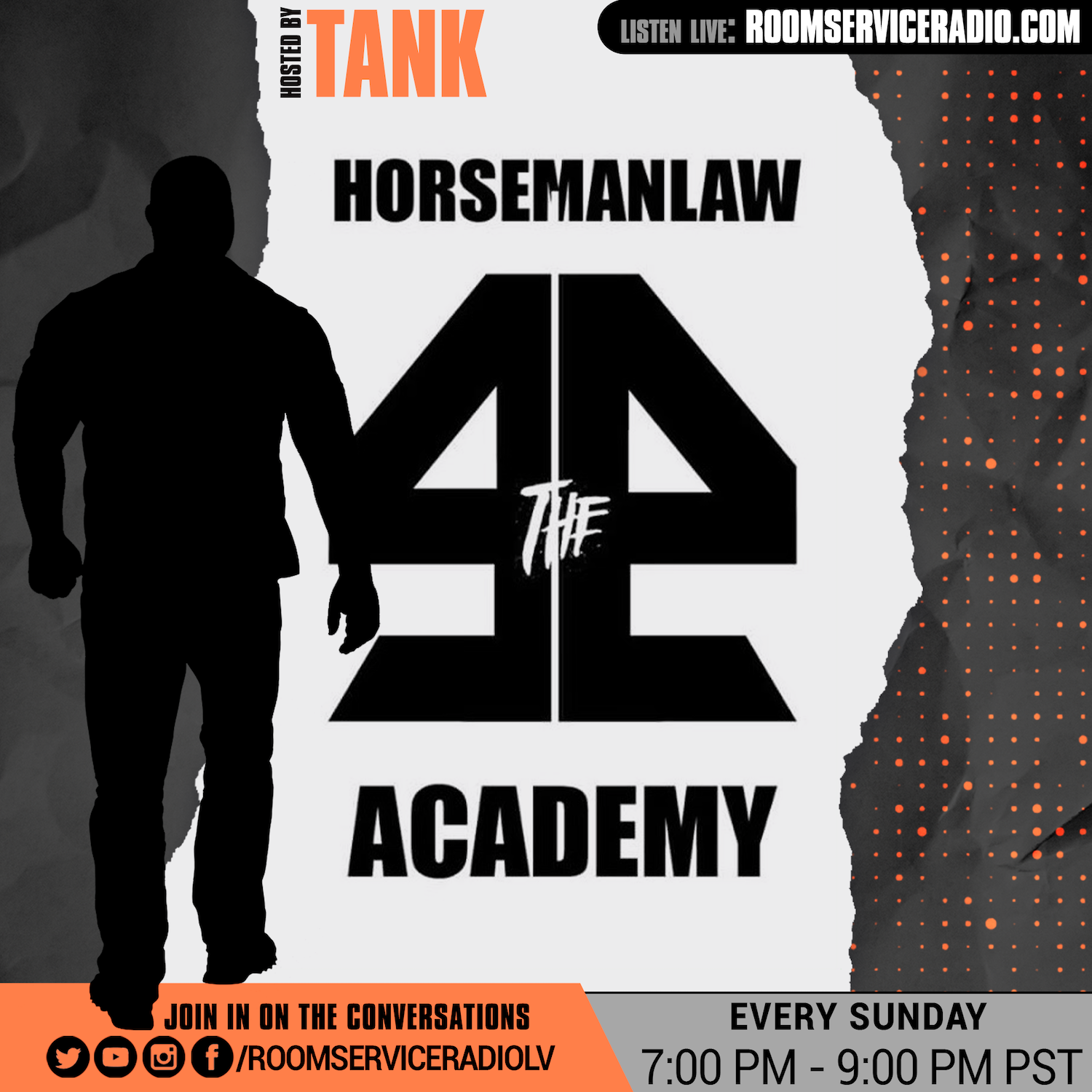Wednesday, June 28, 2023 | 2 a.m.
New research by UNLV reaffirmed what sports fans have been saying about Las Vegas: It’s the place to be.
Las Vegas is increasingly a sports destination, with the capacity to seat hundreds of thousands of fans in professional sports venues, an abundance of annual events to attract tourists, and impressive growth of sports employment on the horizon, according to the report produced in partnership between UNLV’s Center for Business and Economic Research (CBER) and UNLV Sports Innovation.
Nancy Lough, director of education for UNLV Sports Innovation and an author of the report, ”A Summary of the Sports Economy in Las Vegas,” said the research ultimately proved that Las Vegas has earned its informal nickname of “sports and entertainment capital of the U.S.”
“And that’s something that we have been saying for some time, but now we have the data to support,” Lough said. “And I think the way that we can support that notion is not just the teams that we have, but more the draw that we have to the city of Las Vegas, through the room capacity and the number of events that come to the city.”
Many people think sports destinations are driven by professional teams, she said, but seating capacity is also a major factor. There are 39 significant, annual sporting events or tournaments planned for Las Vegas through 2024, according to the report, a number Lough said most cities wouldn’t be able to handle.
The report shows $1.845 billion in direct output coming from out-of-town sporting event visitors in fiscal 2022.
Venues like Allegiant Stadium help drive that output, and it stands to reason that future arenas will do the same, said Andrew Wood, director of CBER and an author on the report. The key, Wood said, is a multipurposeful venue.
“I think that’s the qualifier,” he said. “Because Allegiant is successful, not just only because of the Raiders, but also because they can bring in big concerts and conferences and they can use it. It’s a very versatile space.”
Youth participation in sports, especially among girls, has also been impacted by the burgeoning industry, according to the report. There were almost 1,500 girls playing flag football in Clark County School District as of the last school year, Wood said.
The success of flag football in Southern Nevada schools isn’t recognized enough, Lough emphasized, especially because the sport — so popular that many local players earn college scholarships — is not offered for girls in most other states. The arrival of the Raiders has only added to the sport’s momentum.
Lough pointed to the Golden Knights as another case study of a professional league’s impact on amateur sports. Before they arrived, Las Vegas was “simply not a hockey town,” she said. Now, there’s been a “phenomenal” increase in the number of boys and girls playing the sport from a young age.
From 2017 to 2022, girls playing youth hockey in Nevada increased 683%, according to the report.
“This is how you build a future fan base,” Lough said. “You teach people to play the game. They love the game. They want to come watch it at the highest level … The impact on the city is incredibly positive because all of those young people now are participating in a sport that has them learning all the benefits of sport, from being physically active to mental toughness to teamwork.”
Las Vegas nevertheless has what Wood coined “sport deserts,” or areas where access to amateur and youth sports is less available than others. Researchers found that regions in the northern and eastern Las Vegas Valley had less concentration of sports access, Wood said.
“It would seem to me, as we grow and we add more professional sport leagues, this is a great opportunity for them to get involved in the community and help maybe level out some of those access issues,” Wood said.
The WNBA’s Las Vegas Aces have already taken basketball clinics and camps to some such sports deserts, Lough said. They’ve become role models for both boys and girls in Las Vegas, which she described as a “basketball town” by nature.
“They’ve done a great job of getting their players and their organization infused in this community,” she said. “An NBA team — yes, it will get here. But we have the most phenomenal WNBA team in the league right now. So that’s something to celebrate.”
The report also shows that new, diversifying areas of the workforce can be directly attributed to the sports industry, Lough said.
There’s a correlation between the presence of professional sports teams and the growth of coaching instruction, which has increased more than 150% in Las Vegas, according to the report. Additionally, researchers forecast an over 12% increase in employment — or nearly 3,000 jobs — within performing arts, spectator sports and related industries through 2030.
“Certainly the hope will be for the Raiders and the A’s — that they will come to Vegas and they will see their franchise grow in value and they will see the opportunity to put the world-class product on the field that ends up with a championship,” Lough said, noting the economic effect of such success from the Las Vegas Aces and the Vegas Golden Knights. “That’s certainly what we’ve seen so far, so expectations are high.”
The arrival of the MLB’s Athletics here in 2027 will certainly be a harbinger of jobs to Las Vegas, Lough said. Not only will workers be required for the construction of a venue, she said, but hundreds of full-time employees will be needed to staff it. Jobs may also be added in media, marketing, technology and other types of start-up industries, she said.
“The exciting thing about this city is it’s always reinventing itself, and everybody knows that,” Lough said. “And, right now, there’s no question that Las Vegas is reinventing itself as a major sports city, to go along with entertainment. And it’s really exciting to see the economic development that has resulted from that because it benefits everybody.”













